
Contributed by Sharon Butler / Several weeks ago I returned to Mount Greylock, the highest peak in Massachusetts, where I was an artist-in-residence at Bascom Lodge, the inn at the top of the mountain, in summer 2014. Peter Dudek, a NYC-based sculptor who teaches at Hunter and SVA, has been running the inn for the past ten summers with a few members of his family, including his wife, photographer Monika Sosnowski. It features bunk rooms and singles, lovely mountain views, a beautiful screened-in porch overlooking the Berkshires, and hiking paths that include a section of the Appalachian Trail. From the city the trip to Mount Greylock is about three hours up the Taconic to Pittsfield, though I took a more circuitous route through northwest Connecticut. During my stay I stopped by The Clark Art Institute, on the Williams College campus, and MASS MoCA (the Massachusetts Museum of Contemporary Art), both of which are less than half an hour from the foot of the mountain.



At The Clark, I found the newly installed no-photographs-allowed show “Renoir: The Body, The Senses.”From his early days as a student in the 1860s to old age, Pierre-Auguste Renoir (French, 1841-1919) moved from Realism to Impressionism and finally to a kind of modern (but nostalgic and sentimental) Classicism. The exhibition records this progression and includes work by other contemporaneous artists as well as later ones, like Picasso, whom Renoir inspired. But it showcases the Impressionist painter’s lifelong preoccupation with painting images of nude women from live young models. He painted other things, but the nude was his favorite, and, looking at the show with 2019 eyes, it’s impossible not to wonder about his mindset. In a biography, filmmaker Jean Renoir recounted his father’s disappointment with electric lights because they lit everything equally, unlike candles and gas lamps, which cast a warm glow over smaller areas. It’s a cogent point, especially given the gauzy way that Renoir paints no hard lines and lots of warm color and suggests a psychological as well as aesthetic innocence. Much as I wanted to focus on the painting, though, I had sociological questions. I wondered if women actually bathed in rivers and ponds as Renoir depicted them, or whether he was just imagining an idyll. And if women actually did bathe outside in nature, was it because they were homeless? He is said to be a “painter of happiness,” but whose happiness is he painting? In any case, there’s no denying that Renoir dazzlingly communicated his experience of the world, one small, fully loaded brushstroke at a time.

Also among The Clark’s exhibitions are Janet Cardiff’s 2001 sound installation, “The Forty Part Motet,” through September 15, and paintings by Georgia O’Keeffe’s sister Ida Ten Eyck O’Keeffe in “Ida O’Keeffe, Escaping Georgia’s Shadow, was scheduled to open a couple days after my visit. Curator Sue Canterbury (recently promoted to Pauline Gill Sullivan Curator of American Art at the Dallas Museum) is fascinated by Ida “not only because of the dynamics within her famous artistic family, but also for the distinct and experimental approach of her work, which reflects a range of contemporary influences, such as American Modernism, Regionalism, and abstraction.” Two years younger than Georgia, Ida graduated with an MFA from Columbia in 1932. The press materials for the show indicate that early critical success “became a source of competitive tension between the two causing Georgia O’Keeffe to eventually withhold support of Ida’s professional ambitions. Unlike Georgia O’Keeffe, who had the benefit of early backing and promotional expertise of her husband, Alfred Stieglitz, Ida O’Keeffe struggled to keep one foot in the art world of New York while teaching on short-term contracts at various colleges along the Eastern seaboard, the South, and the Midwest during the Great Depression and working as a nurse in several cities. Not surprisingly, they were estranged.

I headed up Route 22, hugging the foot of Mount Greylock, to MASSS MoCA, only fifteen minutes away, where I met artist Brece Honeycutt. I hadn�t been there since the long-term�Anselm Kiefer building had opened, and there were several temporary exhibitions on view, including some spectacular �James Turrell projects and models. His geometric holograms, a few light installations, and a number of models for ongoing projects like the celebrated Roden Crater, which he has been working on for decades, were on display. Viewing each show, I�marveled at their ambition and the sheer force of scale but also took more practical note of the financial assistance and means of production that made it all possible. And then Brece and I contemplated how, in 2019, the notion of inequality persistently affects and informs aesthetic experience whether the artist intends it or not.
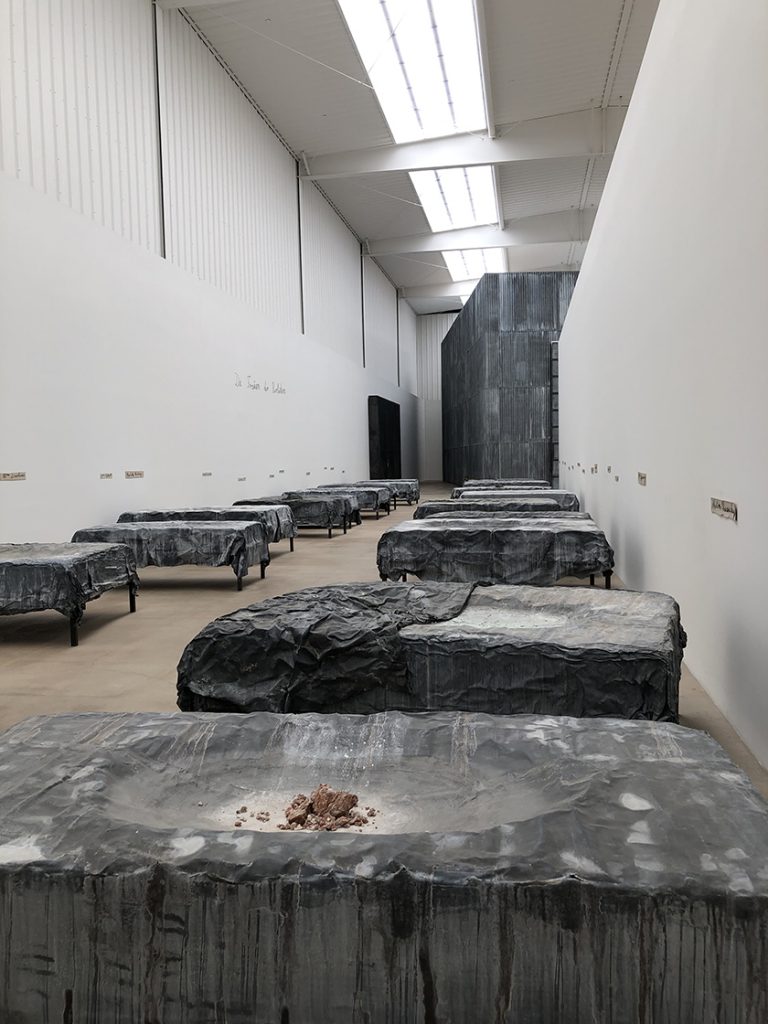




In the great hall, Trenton Doyle Hancock has planted ‘Mind of the Mound: Critical Mass,” a big, colorful installation that looks like a game board and features an array of paintings, sculptures, and assembled materials. He’s also publishing a graphic novel to accompany the show. Childhood looms large in Hancock’s work. He grew up in Paris, Texas, where his family was involved in the Baptist evangelical community, and, like the preachers in his family, he has always been an imaginative storyteller. The press release opens as follows:
About 50,000 years ago an ape man named Homerbuctas masturbated in a field of prehistoric flowers giving birth to a legend, no, The Legend. For years, there have been reports of large, furry, smelly heaps residing in wooded areas around the world. These reports are supposed sightings of the cryptid (creature not yet verified by science), simply known to cryptozoologists as Mounds.
I am, for reasons that I can’t quite explain, connected to these mysterious Mound creatures. I share a psychic bond with each Mound. I am ground control, and they are my satellites. I remember things that they have done, and I recall things that they have seen even after they are dead. I am able to inhabit the reality of the Mounds. Therefore, it has become my duty to document the goings-on in their realm, an alternate space that exists in hidden Earthly pockets. I have come to know these spatial accumulations as The Moundverse. The first Mound I learned of was in 1997, at which time I began chronicling his life. This Mound was called Mound #1, The Legend. In the year 2000, I began telling the tale of this Mound’s demise at the hands of Vegan rebels.
At age ten, Hancock invented a cartoon superhero called Torpedo Bay, and his installation tells the story of Torpedo Bay’s universe. The exhibition incorporates huge mound-like structures positioned along a Candyland-esque pathway, each containing different memories from Hancock’s childhood. One is a viewing station for an animation, another is lined with shelves that display his toy collection alongside many of his own sculptures. Graded assignments from his days in elementary school are tacked up here and there. A generous, extroverted artist, Hancock eagerly shares his offbeat childhood enthusiasms with an audience of strangers. Although quintessentially American, the experience he presents couldn’t be more different from my emotionally austere New England upbringing, and I thoroughly enjoyed snooping around the candid world he has created. Over the course of its run, the show evolves and will eventually include the aforementioned graphic novel, which he’s still working on and will run to 300 pages.

Songwriter and musician Annie Lennox also has mounds on her mind, and she has provided a thoughtful installation about mortality and the wreckage left in the wake of ambition. The piece consists of a dimly-lit twenty-foot pile of glittering dirt studded with objects from her past, such as old dolls, records, IPods, and shoes, crowned with a grand piano. In an adjacent room, all her gold records are framed and hung in a well-lit, but claustrophobic, closet-sized space.


Temporary exhibitions in the main building include “staring at the sun,” an installation of Rafa Esparza‘s paintings on handmade adobe brick in a room covered with the same dirt and manure that compose the adobe. Esparza spoke of wanting to turn the white cube brown, which he does, and the installation struck me as acutely literal.

“We Already Have What We Need,” Cauleen Smith’s expansive installation featuring video, photography, sewn banners, and objects, embraced the full range of content that concerns her: Afrofuturism, the African Diaspora, the image of black women in film, the music and legacies of Sun Ra and John Coltrane, the post-hurricane landscape of New Orleans, the work of Dutch conceptualist Bas Jan Ader, the politics of land art, Martin Luther King Jr.’s writings, and more. Smith, a new faculty member at CalArts, has a lot on her mind, and by channeling so much of it into the installation seeks to stimulate a “communal soul search.” Supercharged with content and ideas, Smith’s ideal viewers must come to the exhibition prepared to absorb information.
The maze of industrial buildings out back offers several smaller exhibitions. I didn”t see everything, but did get a rewarding look at Spencer Finch’s light installation “Cosmic Latte,” a hanging network of electric lightbulbs in the shape of the Milky Way; Sarah Crowner‘s “Wall (Hot Blue Terra Cotta),” and Julianne Swartz’s “In Harmonicity, The Tonal Walkway.” “Suffering from Realness,” a zeitgeist-y group show about the ways in which artists use the body to grasp at and re-center the “aura of realness” in an age of uncertainty, featured a diverse range of work by Aziz+Cucher, Cassils, Adriana Corral, Joey Fauerso, Jeffrey Gibson, Hayv Kahraman, Jennifer Karady, Titus Kaphar, Robert Longo, Christopher Mir, MPA, Wangechi Mutu, Allison Schulnik, Keith Sklar, Robert Taplin, and Vincent Valdez.

Overall, I left Mass MOCA feeling educated and informed. I especially appreciated Trenton Doyle Hancock’s imaginative and expansive approach to personal narrative. There’s no getting around the fact that these are confrontational, grievance-filled, soul-searching times in which artists increasingly (and understandably) put their own circumstances and apprehensions of difference above sublime aesthetic experience. Happiness writ large often seems a hopelessly remote concern. That Renoir, despite having lived through trying times that ultimately included World War I, thought of himself as a painter of happiness was a remarkable psychological feat. Was he a blithe escapist or a wise painter who comprehended and commanded the transcendent power of art? I hope that power is still within our reach.
“Peter Dudek: I Forgot,“BravinLee Programs, July 16 from 6:30 – 8:30. 526 West 26th Street, Suite 211, New York, NY.After July 16 the exhibition can be seen by appointment thru July 26th. “I Forgot” kicks-off a series of presentations at artist run spaces (including Two Coats of Paint HQ) , college galleries, apartment galleries and artist studios. Each location will focus one aspect of his work. Specific information about those events will be available in August and will be posted on his website at www.peterdudek.com
Bascom Lodge, Mount Greylock, North Adams, MA.
The Clark Art Institute, Williamstown, MA.
Mass MOCA, North Adams, MA



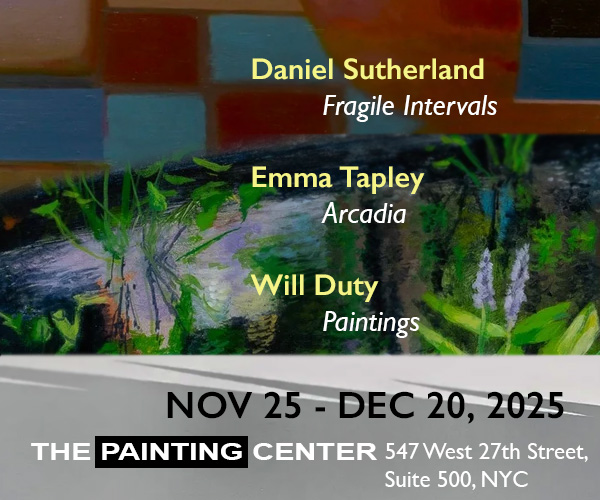
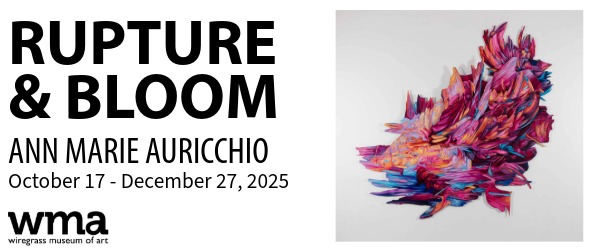














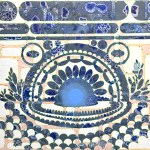


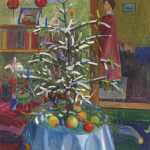
Thanks for this great report, Sharon. I’m embarrassed to say that I haven’t been to Mass MOCA in years. You have inspired me to return.